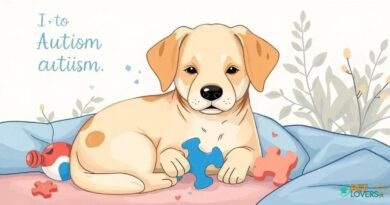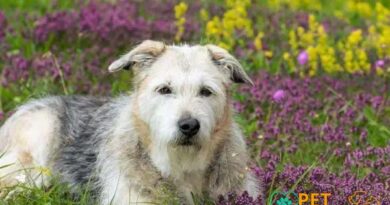What is Yard Behavior
Understanding Yard Behavior in Dogs
Yard behavior refers to the actions and reactions of dogs when they are in an outdoor space, particularly in a yard. This behavior can include a variety of activities such as playing, exploring, barking, and interacting with other animals or people. Understanding these behaviors is crucial for dog owners, as it can help in training and ensuring the well-being of their pets.
The Importance of Space for Dogs
Dogs are naturally territorial animals, and a yard provides them with a space to express their instincts. The yard serves as an extension of their home, where they can feel safe and secure. This space allows dogs to engage in natural behaviors such as sniffing, digging, and running, which are essential for their mental and physical health. A well-designed yard can significantly enhance a dog’s quality of life.
Common Yard Behaviors Observed in Dogs
When observing yard behavior, dog owners may notice several common actions. These include chasing after insects, barking at passing cars or people, and digging holes. Each of these behaviors serves a purpose, whether it’s to release energy, communicate, or explore their environment. Recognizing these behaviors can help owners understand their dogs better and address any potential issues.
Factors Influencing Yard Behavior
Several factors can influence a dog’s behavior in the yard. These include the dog’s breed, age, and previous experiences. For instance, some breeds are more prone to digging or chasing, while others may be more relaxed. Additionally, a dog’s age can affect its energy levels and curiosity, leading to different behaviors in the yard. Understanding these factors can help owners tailor their training approaches.
Training and Yard Behavior
Training plays a significant role in shaping a dog’s yard behavior. Positive reinforcement techniques can encourage desirable behaviors, such as playing fetch or coming when called. Conversely, undesirable behaviors like excessive barking or digging can be addressed through consistent training and redirection. Establishing clear boundaries and commands can help dogs understand what is expected of them in their outdoor space.
Socialization and Yard Behavior
Socialization is another critical aspect of yard behavior. Dogs that are well-socialized are more likely to exhibit positive behaviors when interacting with other dogs and people in the yard. This can include playing nicely, sharing space, and responding appropriately to stimuli. Owners should facilitate socialization opportunities to help their dogs develop good yard behavior.
Health Considerations Affecting Yard Behavior
Health issues can also impact a dog’s behavior in the yard. Conditions such as arthritis, allergies, or anxiety can lead to changes in how a dog interacts with its environment. Owners should be vigilant in observing any shifts in behavior and consult a veterinarian if they suspect health problems. Ensuring a dog is healthy can promote more active and positive yard behavior.
Creating a Dog-Friendly Yard
A dog-friendly yard is essential for encouraging positive yard behavior. This includes providing ample space for running and playing, as well as safe areas for digging and exploring. Incorporating toys, agility equipment, and shaded spots can enhance the outdoor experience for dogs. A well-maintained yard not only benefits the dog but also creates a pleasant environment for the owner.
Monitoring Yard Behavior for Safety
Monitoring yard behavior is crucial for ensuring the safety of dogs. Owners should be aware of potential hazards in the yard, such as toxic plants, sharp objects, or escape routes. Regularly observing how a dog behaves in the yard can help identify any risky behaviors or situations that need to be addressed. Safety should always be a priority in creating a positive outdoor experience for dogs.



